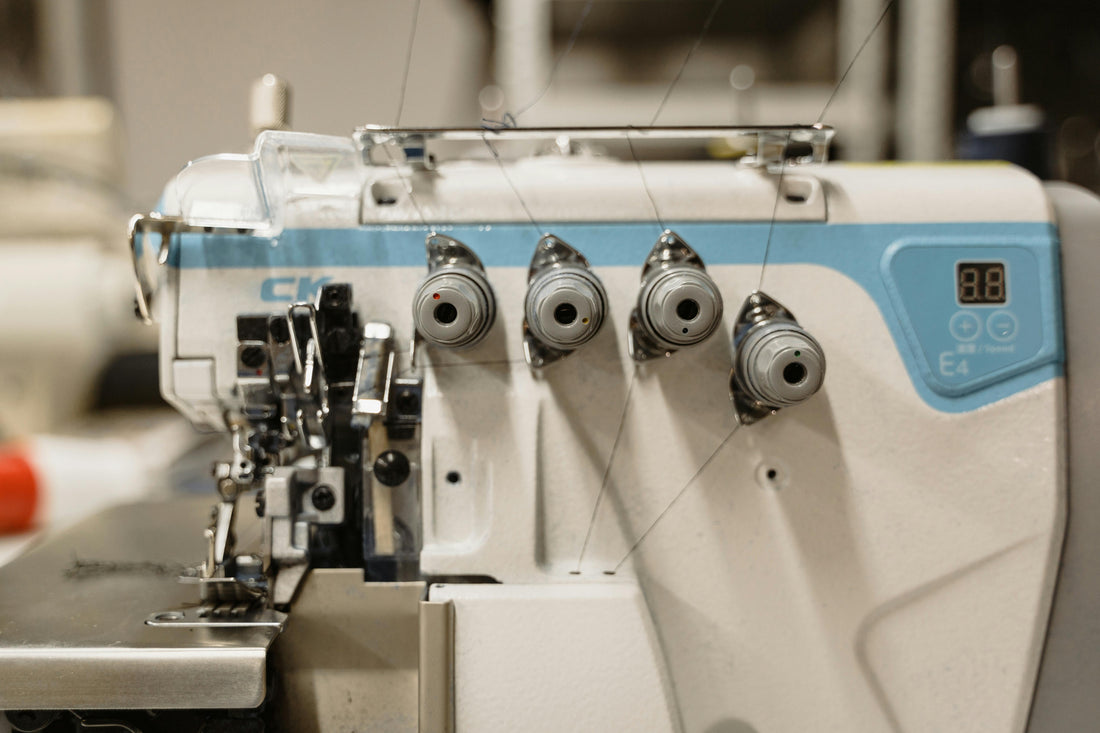
How to Finish Fabric Edges with a Serger | Beginner’s Guide
One of the easiest ways to make your handmade garments look more professional on the inside is to finish the raw edges. While you can use pinking shears or zigzag stitches, the most reliable and durable method is using a serger (overlocker).
In this guide, I’ll walk you through the basics of serging, share beginner-friendly tips, and explain how to get a neat finish every time.
Step 1: Check Your Serger Setup
Before you start, make sure your serger is threaded correctly. If your stitches look uneven, skip, or the machine struggles, chances are you need to re-thread it. It may feel fiddly at first, but proper threading is the foundation of smooth sewing.

Step 2: Practice on Scrap Fabric
Always test on a fabric scrap before moving to your project.
- Lift the presser foot.
- Position the fabric edge next to the serger knife.
- Lower the presser foot and gently press the pedal.
Sew a few inches, then continue stitching slightly past the fabric edge before cutting the thread. This prevents unraveling and gives you more control.
⚠️ Tip: Be cautious with delicate fabrics. Keep layers flat and smooth — if a fold slips under the knife, it may cut into your garment.

Step 3: Secure the Thread Tail
When you serge a seam that won’t be enclosed in a hem or joined to another seam, secure the loose serger tail for a cleaner finish.
Here’s how:
- Thread the serger tail into a tapestry needle.
- Weave the tail back into the serged stitches about an inch.
- Trim the excess thread.
This prevents unraveling and makes the inside of your garment look tidy.

Step 4: Adjust Tension Carefully
Sometimes your stitches may need tension adjustments. If that happens:
- Check your machine manual for guidance.
- Always note or photograph your original settings before changing them.
- Make adjustments slowly and test after each change.
This way, you can easily return to the default settings if needed.
Final Thoughts
Using a serger is one of the best ways to give your sewing projects a polished, durable finish. With a little practice on scrap fabric, securing your thread tails, and careful tension adjustments, you’ll be ready to take your garment interiors to the next level.
